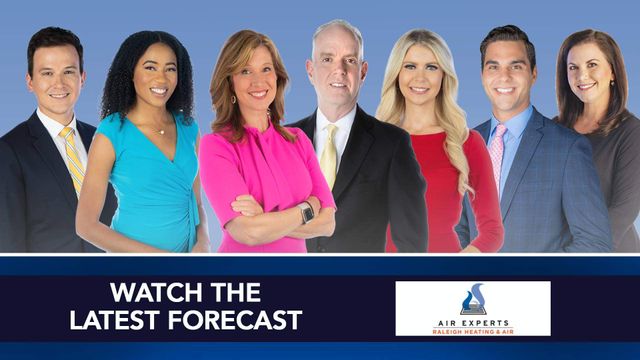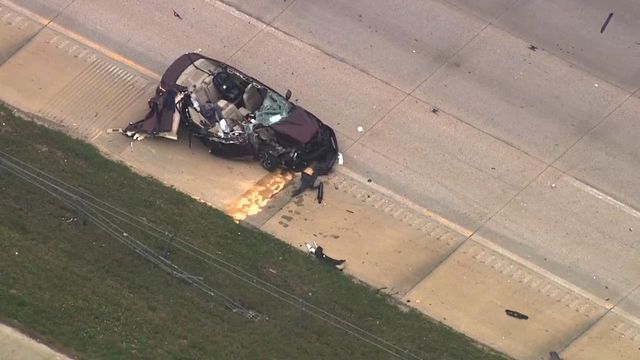Virtual academy student switch at semester poses planning challenges for Wake officials

Allowing virtual academy students to return to class in person could mean learning disruptions for some virtual academy students and potentially in-person students, the Wake County Board of Education student achievement committee learned Monday.
About 6% — 10,110 — of the district’s about 161,000 students are enrolled in virtual academy. Virtual academy is full and was unable to accommodate for a surge in parents requesting it in late this summer because of the wave of the Delta variant of the COVID-19 virus.
Because of low enrollment from students at some schools, some students are in virtual classes with students from other schools and a teacher from another school, Assistant Superintendent for Academics Drew Cook told the board.
If those students wanted to return to the physical classroom, they would have to get a new teacher. Accommodations for those students could impact students who have been attending in-person, as well, Cook said.
“I think every family will have to know the trade off, the opportunity cost to moving in-person could be significant changes to a teaching and learning environment that has been somewhat successful,” Cook said.
Interest in returning to the classroom
The district has begun planning for the second semester, as they anticipate emergency approval of a COVID-19 vaccine for children ages 5 to 11. Vaccines could be available as soon as November, if approved.
The district asked families this spring to commit to a full year of virtual academy. The district would reconsider the requirement after the first semester in the event that a vaccine for younger children is available by winter.
It’s unclear how many parents or students would elect to return to the physical classroom.
Most of the virtual academy students aren’t elementary age (4,856 versus 5,254 in middle and high school) — the largest age group not yet eligible for the COVID-19 vaccine. It’s not clear how many of the 2,444 middle school students are 11 years old or younger.
On Monday, Rolesville Middle School Science Teacher Paul Cancellieri told the board that a third of students surveyed anonymously said they’d like to return to in-person school. That went down to 5% when they were asked if they’d like to switch, knowing they’d get different teachers.
Board members said they still wanted to see the availability of virtual academy throughout the year for students with critical health needs. But they expressed some skepticism about the long-term viability of a virtual academy program past COVID-19.
Virtual academy challenges for virtual academy students
The district has struggled to hire sufficient staff for virtual academy and recruited in-person teachers to teach a virtual class during their plan period this fall.
Vacancies have been the worst for special education teachers, Lauren Acome, district director of K-12 online learning, told the board.
The board surveyed teaches, parents and students about virtual academy, and one parent wrote that the special education teacher shortage has pushed their child into work for which they aren’t ready.
“My special education student has been placed in classes above his grade level because of the lack of course offerings in the Virtual Academy,” they wrote, in a response shared with the board. “As a result, he is unable to participate in class. He is struggling and increasingly frustrated. Having teachers from multiple schools has prevented us from receiving the necessary support for my student.”
The biggest issue in virtual academy has been reaching special education students, Cancellieri said.
Cancellieri told the board he’s also teaching math in virtual academy and has no special education teachers to work with special education students enrolled in his class.
“It’s my understanding that there was an issue with finding the amount of talent needed to make that happen,” he said.
Ideally, Board Member Heather Scott said, a special education teacher would be in each math class to work with special education students enrolled in them.
In highlighted survey responses, some teachers said teaching students from multiple schools has created some confusion because of the separation of schools’ web portals and differences in how schools’ define certain service deliveries.
One teacher noted that special education teachers have volunteered to fill in virtual academy’s gaps during their plan periods, which has created more work for them in the end.
“As a result, I am planning lessons, progress monitoring, communicating with CORE teachers, and completing tasks outside of the school day,” one virtual academy special education teacher wrote.











